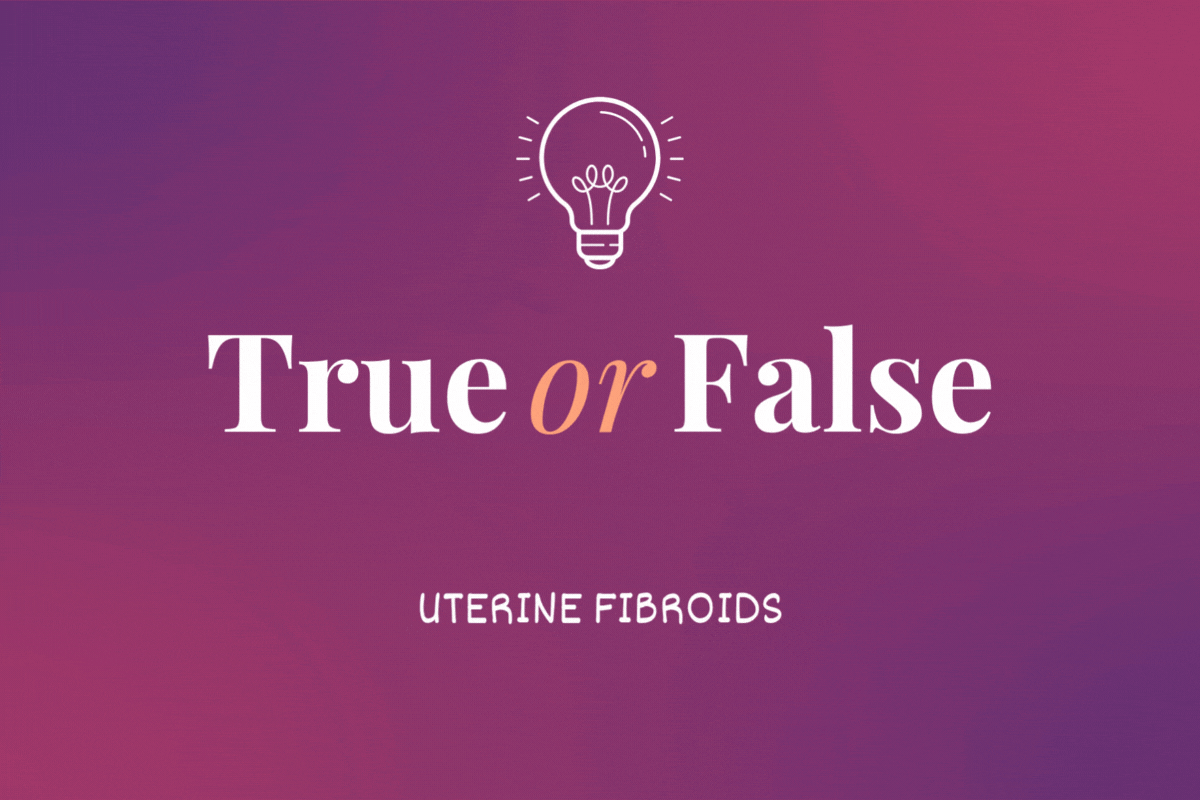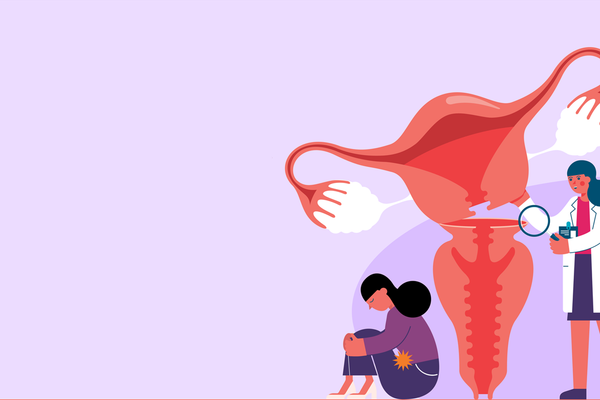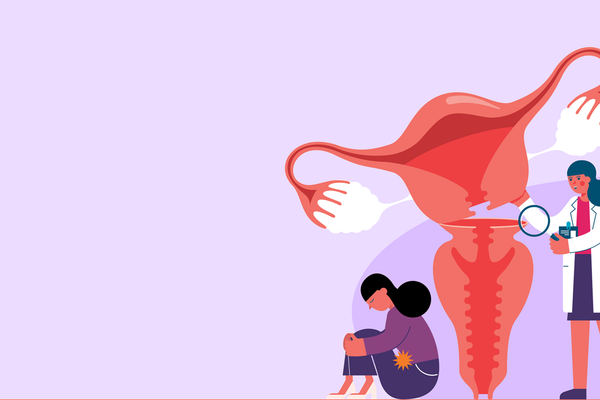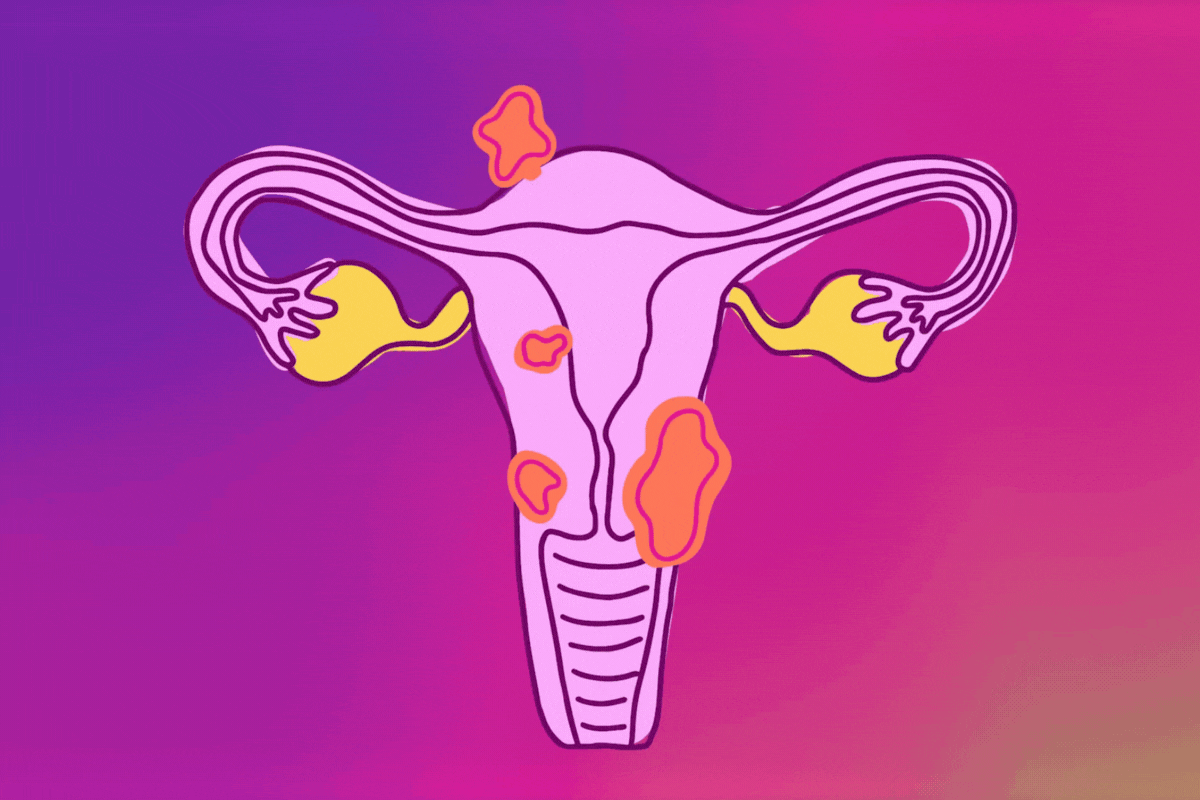You may have a fibroid—or fibroids—and not even know it. They often don't cause symptoms. Many women have them sometime during their lives. And they're surprised when their doctor discovers them during a routine exam.
Uterine fibroids are noncancerous growths. They're firm, compact tumors that are made of smooth muscle cells and fibrous connective tissue. They may be inside the uterus, on its outer surface, within its wall or attached to it by a stem-like structure.
They range in size from undetectable to the eye to masses that can enlarge the uterus. They may grow slowly or quickly or remain the same size. Some go through growth spurts and some shrink on their own. You can have one fibroid or many.
They aren't associated with an increased risk of uterine cancer and never develop into cancer. Leiomyosarcoma, a rare form of cancer that most can affect the soft tissue of the uterus, starts as a single mutated muscle cell that is distinctly different from the mutations associated with fibroids. This type of cancer is not related to fibroids, though it may be discovered in fewer than one in 1,300 women who have fibroid symptoms serious enough to require surgery.
While fibroids may be uncomfortable, they usually aren't dangerous and usually don't interfere with getting pregnant. However, very rarely they may raise the risk of certain pregnancy complications like preterm delivery. Also very rarely, they may cause infertility or pregnancy loss.
Causes
It's not clearly known what causes fibroids. It's believed that each one develops from an abnormal muscle cell in the uterus. Many fibroids contain changes in genes that are different than those in normal uterine muscle cells.
Estrogen and progesterone appear to promote fibroid growth. Fibroids have more estrogen and progesterone receptors than normal uterine muscle cells. Fibroids tend to shrink after menopause due to a decrease in hormone production.
Risk factors
A few risk factors are outlined below:
- Women approaching menopause are at greatest risk for fibroids. Some researchers think it's because of hormonal fluctuations around menopause, but it is more likely a variety of factors.
- While the reasons aren't clearly understood, women who are African American are at increased risk.
- If your mother or sister had fibroids, you're at a higher risk of developing them.
- Other factors include: getting your period at a young age or a vitamin D deficiency.
Symptoms
Some women have no or mild symptoms of fibroids. Other women have more severe symptoms. Some symptoms include:
- frequent urination
- constipation
- heavy menstrual bleeding
- periods lasting more than a week
- pelvic pain or pressure
- pain during sex
- miscarriages
- infertility
Diagnosis
Fibroids are often found during routine pelvic exams. To get more information, these tools may be used:
- Transvaginal ultrasound, where a small instrument is placed in the vagina
- Magnetic resonance imaging (MRI)
- Hysteroscopy, where a thin, lighted tube is inserted through the vagina for examination of the cervix and uterus
- Endometrial biopsy, where a sample of tissue is obtained through a tube inserted into the uterus
- Blood test, to check for anemia if the fibroid tumor is causing heavy bleeding
Treatment
Your health care provider may recommend a wait-and-see approach. That's because fibroids often stop growing or may even shrink as you reach menopause. You and your provider can monitor symptoms to make sure they're not changing and that the fibroids aren't growing.
If your fibroids are large or bothersome, you may need treatment, which may include:
- Gonadotropin-releasing hormone, or GNRH, agonists, which are given to trigger "medical menopause" and can shrink fibroids
- Myomectomy, where fibroids are removed but the uterus stays
- Anti-hormonal agents, where you'll take drugs that block the action of hormones like estrogen and progesterone
- Birth control pills, which can help control painful periods and heavy bleeding
- Hysteroscopy, to remove fibroids that protrude into the cavity of the uterus
- Hysterectomy may be considered if other options have failed or are not desired; it involves surgically removing the uterus and sometimes the ovaries, though they are usually only removed if you are at increased risk of ovarian or tubal cancer.







